Tuladhara Yoga Teacher Training
FALL 2024 Dates and Curriculum
Training Dates and Curriculum
This accelerated training is right for you if you want to deepen your knowledge and understanding of the practice of yoga, if you want to apply yogic principles in your daily life with greater commitment, you think you may want to teach yoga in the future.
September 2024 Dates: 9/6-11/10
- September: 6-8, 13-15, 20-22, 27-29
- October: 4-6, 11-13, 18-20, 25-27
- November: 1-3, 8-10. Graduation 11/10/24
General Times:
- Fridays: 5:30 – 9pm
- Saturdays: 11-6pm
- Sundays: 11:30-5p
Details:
- Our Fall Accelerated program meets on weekends for 10 Sessions over 2-1/2 months. Weekends are Friday-Sunday. 16 Spaces available.
- You should have a regular yoga practice for at least 6 months.
- You will be provided with a comprehensive binder of materials, however, we ask that you purchase supplemental reading materials. Books will cost you approximately $90.
- We are an approved MyCAA program.
- Tuition fees include a 16 class pass at Tuladhara Yoga for the duration of your course, and an interactive manual. Some additional reading will be required. Course fees must be paid in full by the commencement date of the program. There will be about 2-3 hours of homework per week. You must complete all assignments and attend all training by the graduation date in order to receive your certificate. If you have extenuating circumstances and are unable, you may incur additional training and practice costs.
YTT Tuition $3297 - Save $300!
Payment is required in full by the start of training. We require a $500 non-refundable deposit to hold your space. This goes toward your tuition cost.
Pay in Full and receive an early payment discount of $300. To qualify for this discount you must pay in full with your registration by September 1st.
YTT Tuition with Payment Plan $3597
We require a $500 non-refundable deposit to hold your space. This goes toward your tuition cost.
Our payment plan consists 5 payments. The total cost with a payment plan is $3597 *You are required to complete all payments regardless if you choose not to finish the training.
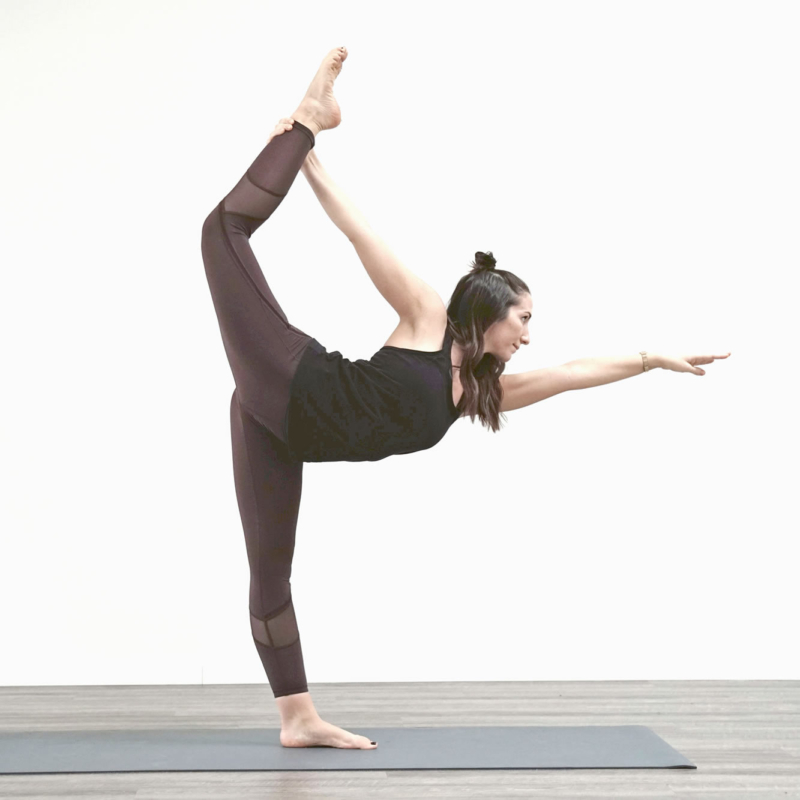
Postures (Asana)
- Learn to teach safely, effectively and with confidence. The asana portion of our 200 Hour Yoga Teacher Training program includes:
- Detailed study of key yoga postures including modifications of poses and appropriate use of props
- Physical and energetic benefits of postures
- Techniques for hands on assists and enhancements
- Creating a class: learn the principles of sequencing and how to create a theme for your class
- Verbalizing an asana: learn to give clear, simple instructions through choice of appropriate verbal cues and body language
- Demonstrating asana
- Key points for teaching beginners
- Use of props and other modifications to support the postures
- Multiple opportunities to practice teach will be given. At Tuladhara we create a supportive, nurturing community of teachers to help you apply what you have learned right away. You must be comfortable in a group setting. You will be asked to participate and speak up in small groups.
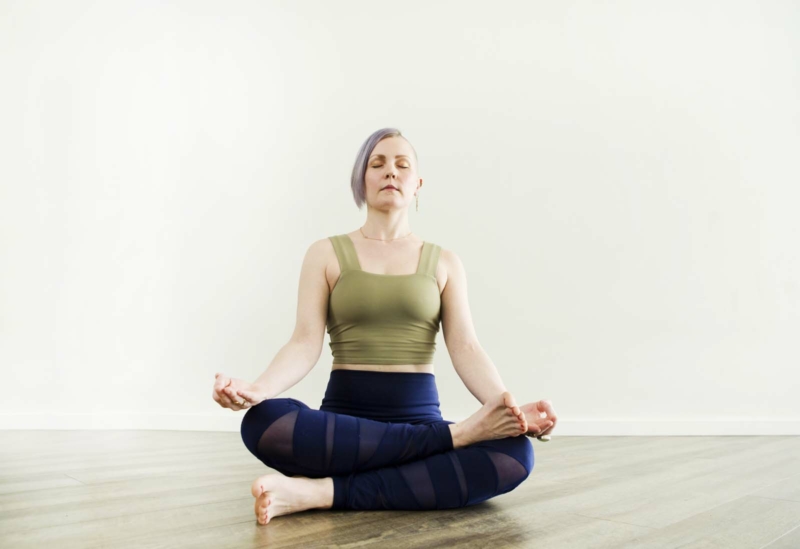
MEDITATION and Breath Practices (dyana and pranayama)
- Learn a variety of meditation techniques to focus and quiet the mind.
- Daily meditation and journaling is a requirement of this 200 hour yoga course.
- Learn to teach breath (pranayama) techniques
- Learn to teach Mantra
- Learn the benefits of meditation and breath work on the mind and body
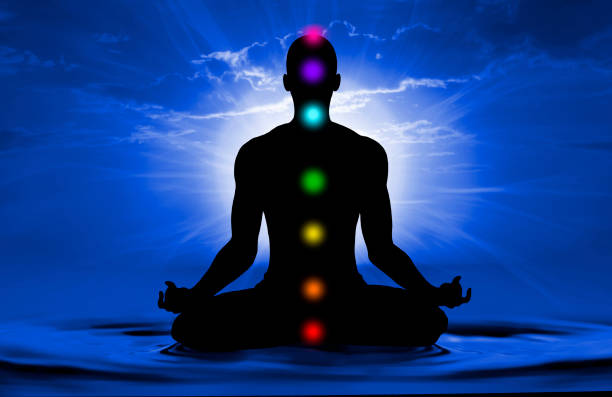
ANATOMY (Physical and energetic)
- Anatomy and physiology will be studied.
- Learning to see and understand bodies in terms of proper alignment
- Understand the physical effects of yoga on the body
- Correct physical alignment
- Learn how to avoid injury in key areas, and how to work with basic injuries
- Learn the energetic effects of yoga on the body
- The Chakra system
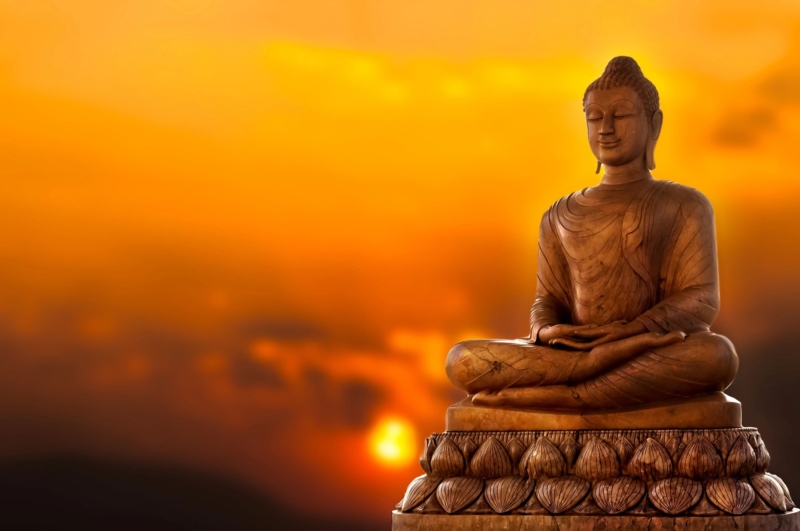
YOGIC HISTORY AND PHILOSOPHY
- Study Patanjali’s Yoga Sutras and how these teachings provide a very real model that can be applied to daily life
- Yoga’s origins and journey to the West and the most influential yogis of our time
- Introduction to yogic mantras and mythology
- Introduction to Ayurveda, the sister science of Yoga
- Student teacher relationship
- Ethics of being a yoga teacher
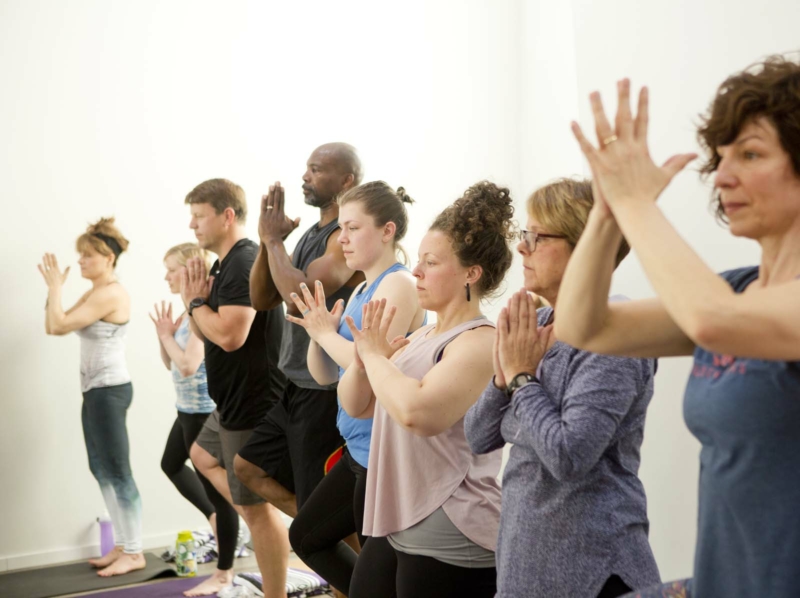
PHYSICAL PRACTICE
- Yoga is an experiential practice; throughout training, you will be guided through classes with faculty, as well as attend public yoga classes each week to gain insight into classroom management techniques, interaction with students, sequencing, and refining your own physical practice. You should have a physical asana practice established for at least 6 months prior to this training



